Damijan Bianco Kaplja IGT VG 2014
Region
Profile
-
Fruit
-
Body
-
Sweetness
-
Freshness
-
Alcohol
Variety
Flavours
-

-

-

-

Glass

Serving Temperature

Food pairing
-

-

-

Maturity
Drink nowYou may like these...
More of the same producer
More about this product
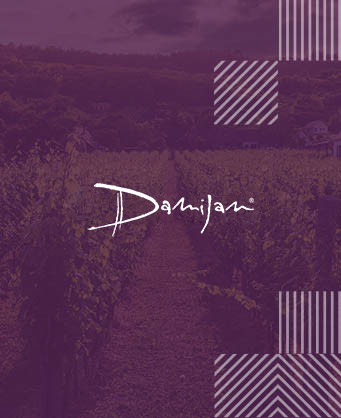
Damijan
The Damijan family winery is located in the Friuli-Venezia Giulia region. The most important vineyards of the winery, as well as the small plots scattered in Collio, are located on the forested slopes of Mount Calvario, near Gorizia, in a pristine environment that is ideal for growing healthy grapes with rich taste. Its owner, Damjan Podversic, is a student of Josko Gravner. In 2019, Damian Podversic received the Premio Nonino Risit D’aur Barbatella D’oro for his passion for growing Ribolla gialla - the ancient variety of Friuli Venezia Giulia and the process of restoring abandoned lands suitable for viticulture. Damijan wine can be found in all elite restaurants in Europe, Asia and the USA. Damijan wines are bio-certified, but this is not noted on the bottles - "Certification just stops people from thinking," says the producer - & quot; to understand what is good, you do not need to see it. You just have to feel it and taste it.
All wines of the same producer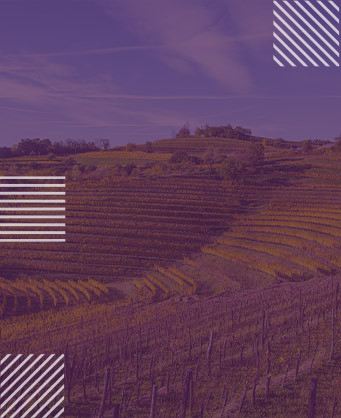
Friuli-Venezia Giulia
Фриули -Венеция Джулия, регион (регион) на североизточна Италия, граничещ с Австрия на север, Словения на изток, Адриатическо море на юг и регион Венето на запад. Той има площ от 3030 квадратни мили (7 847 квадратни километра), обхващаща провинция (провинции) Удине, Порденоне, Гориция и Триест. На север плътната стена на Карническите Алпи, счупена само от прохода Монте Кроче (Plöcken) и ниското седловина Тървизио, образуват впечатляващ фон към долината на река Талиментан, сърцето на Фриули. Южната част на региона е ниска крайбрежна равнина, част от нея заета от плитките лагуни Градо и Каорле. На югоизток тази част от бившата Свободна територия на Триест, която сега е неразделна част от Италия, се простира като тесен коридор, между варовиковото плато Карсо (Крас) и Адриатическо море, чак до град Триест. Регионът варира в терени от скалисти възвишения и предпланини на север до сухи или блатисти низини на юг. Валежите на север - най -високите в Италия - благоприятстват развитието на естествени ливади за добитък, а шунката и млечните продукти във Фриули са известни. Сега, когато италианските винопроизводители южно и западно от Фриули също са усвоили изкуството да правят пресни, плодови бели вина, обаче, особено тези от Алто Адидже, техните колеги в Collio и Colli Orientali трябва да се опитат да оправдаят ценовата си премия, обикновено, но не е задължително с по -голямо използване на малки дъбови бъчви. Стандартът на винопроизводството тук обикновено е много висок и добивите са относително ниски, дори ако цената за това е, че вината могат да имат забележително подобен вкус.
More wines of this region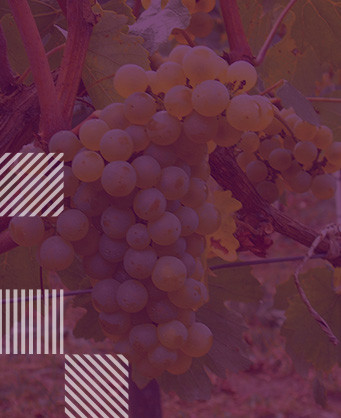
Chardonnay
Chardonnay is the world's most famous white-wine grape and also one of the most widely planted. Of course, the most highly regarded expressions of the variety are those from Burgundy and California, but many high-quality examples are made in Italy, Australia, New Zealand and parts of South America. Describing the flavours of Chardonnay is not easy. This is not thanks to the complexity of the varietal itself but usually due its susceptibility to winemaking techniques - such as Malolactic fermentation which gives distinctive buttery aromas or Fermentation or maturation in oak barrels which contributes to the wine with smokey notes of vanilla, honey and even cinnamon, and not last the lees contact while in barrel imparts biscuity, doughy flavours. And all these incorporated with the varietal aromas of tropical (banana, pineapple and guava) to stone fruits (peach, nectarine and apricot), sometimes even citrus and apple notes. Climate plays a major role in dictating which fruit flavours a Chardonnay will have - warm regions (California, Australia ) make more tropical styles; temperate zones (southern Burgundy, New Zealand) - stone fruit notes, while the very coolest (Chablis, Champagne) lean towards green-apple aromas.
More wines of the same variety
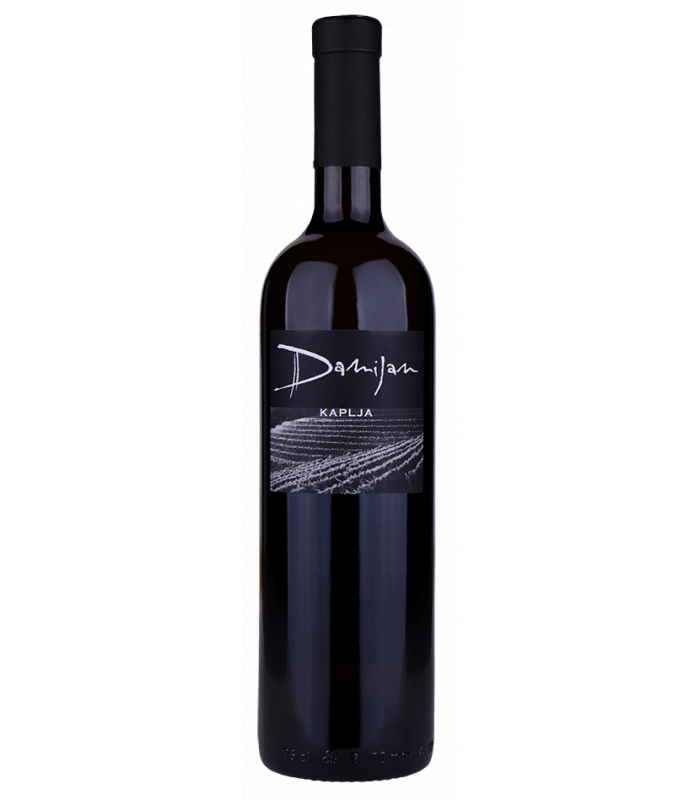


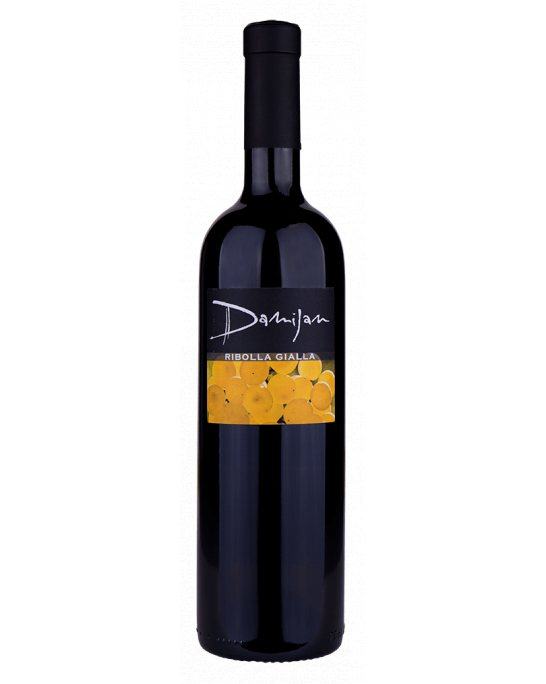
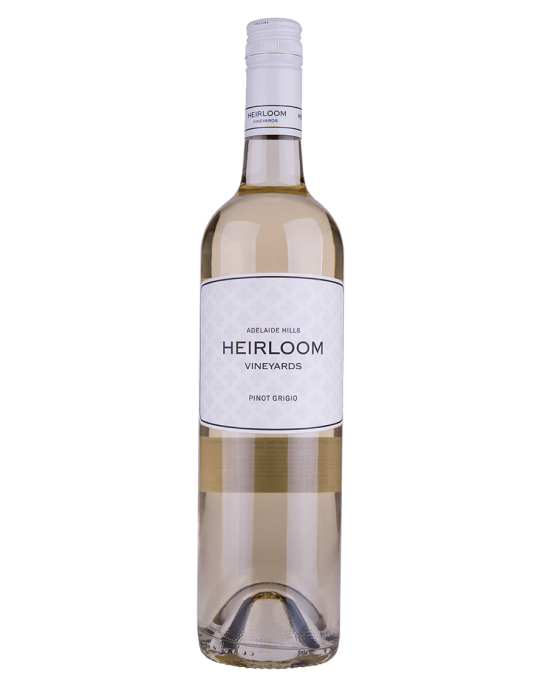
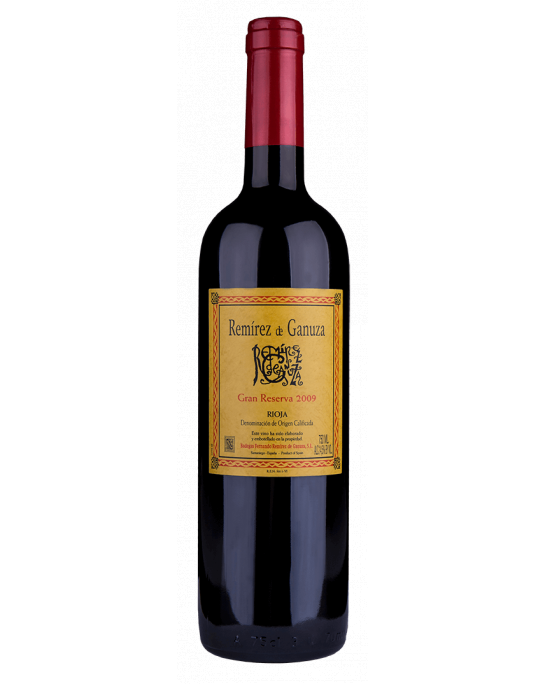
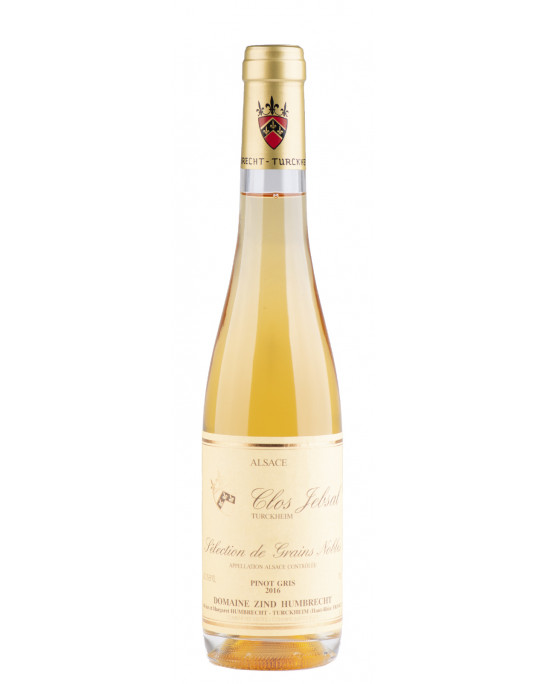
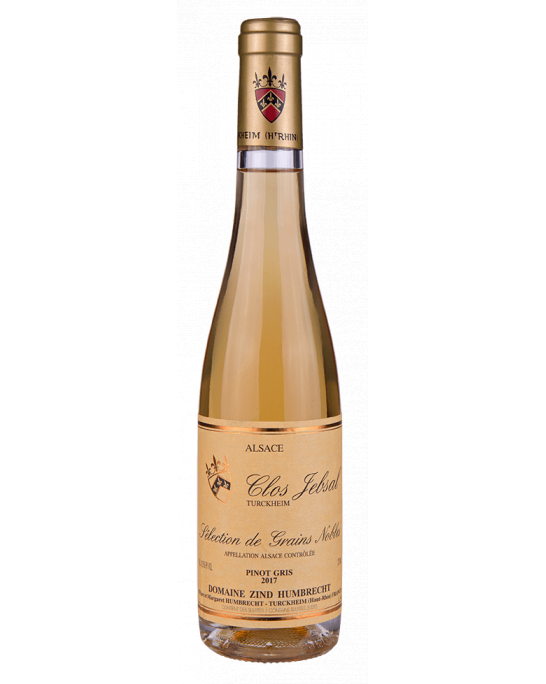
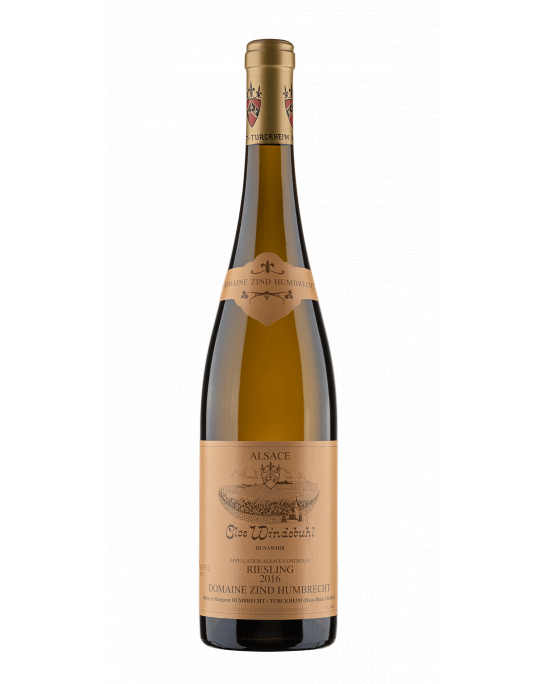
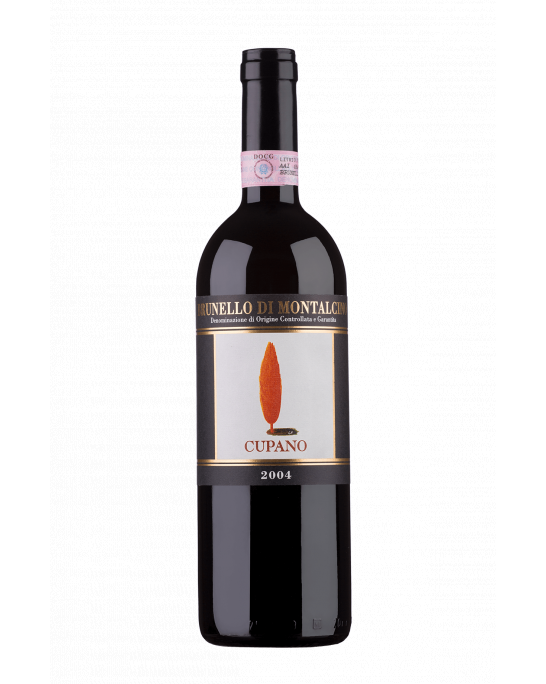
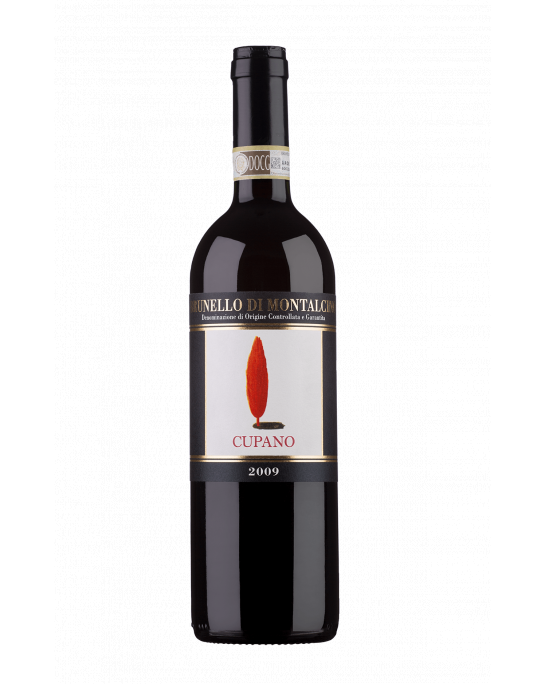
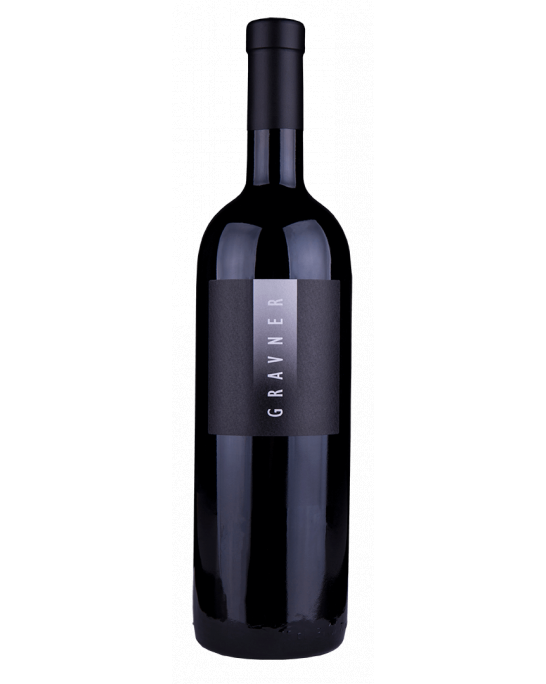
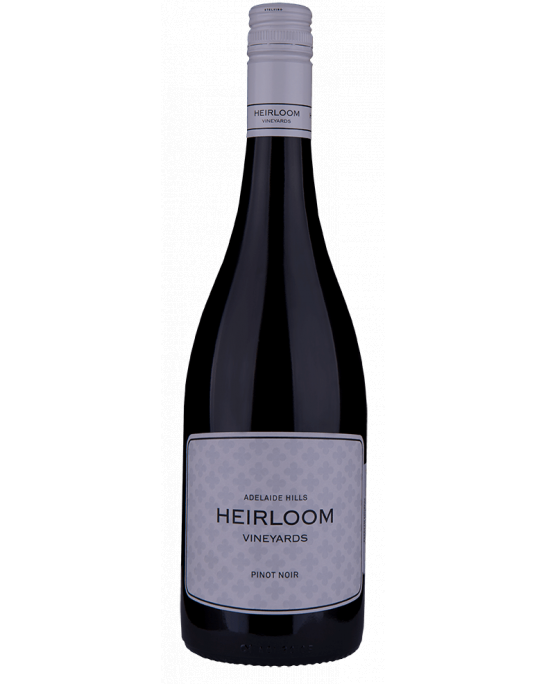
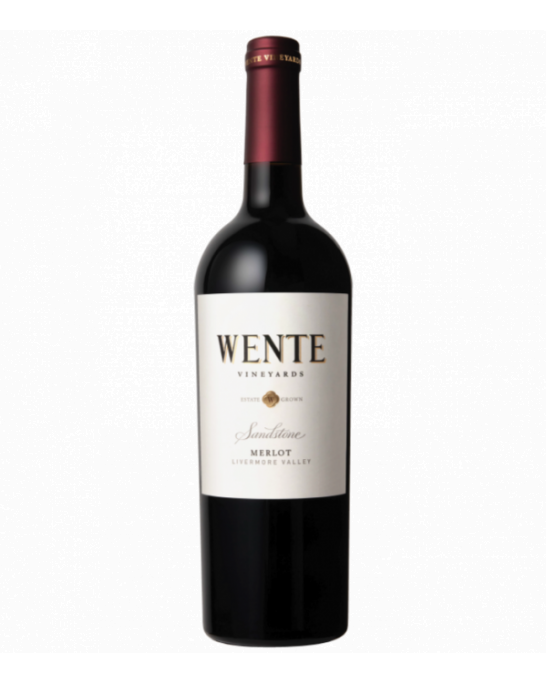
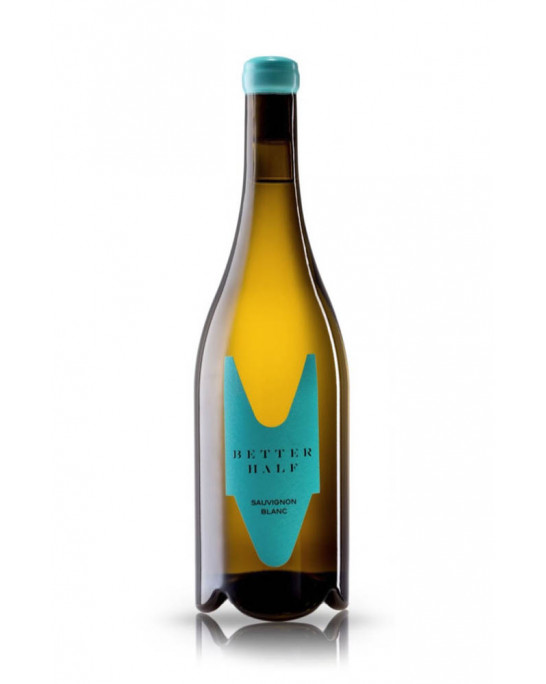
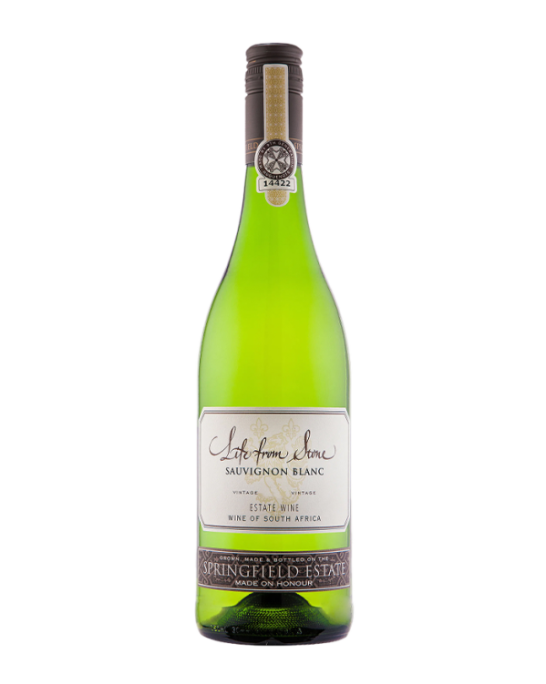
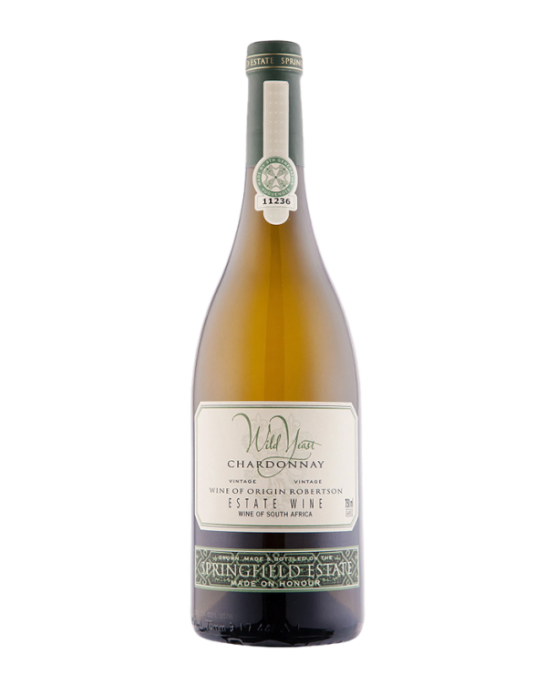
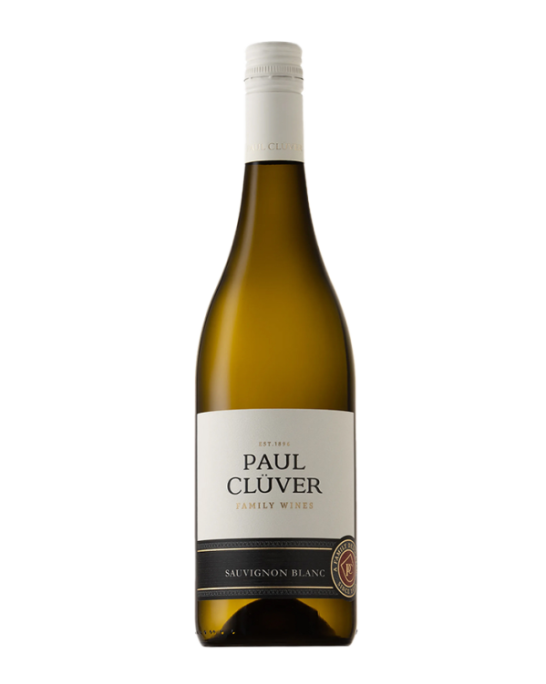
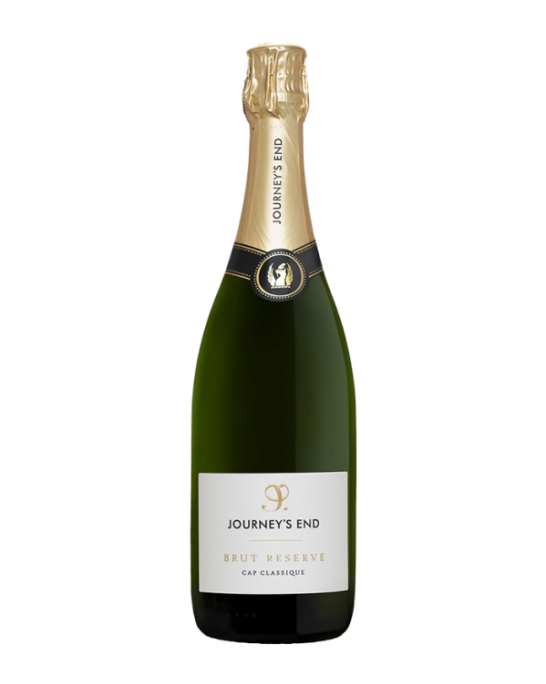
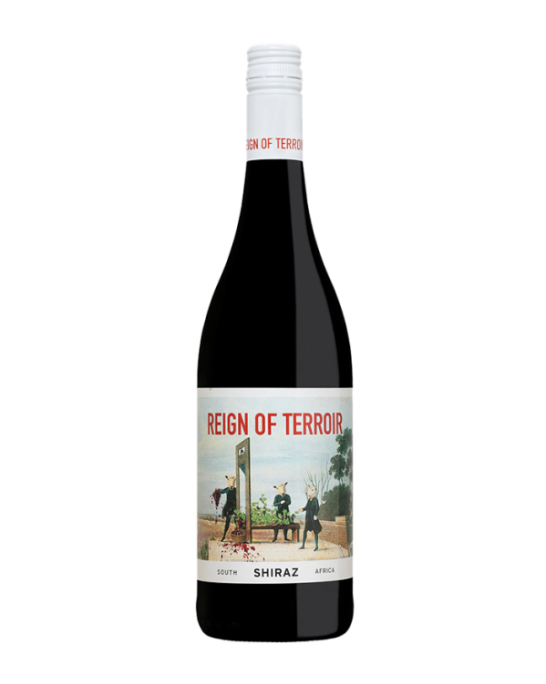
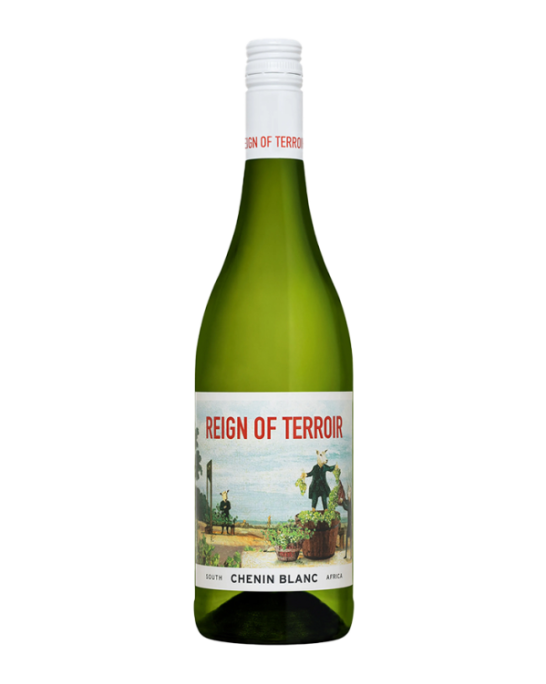
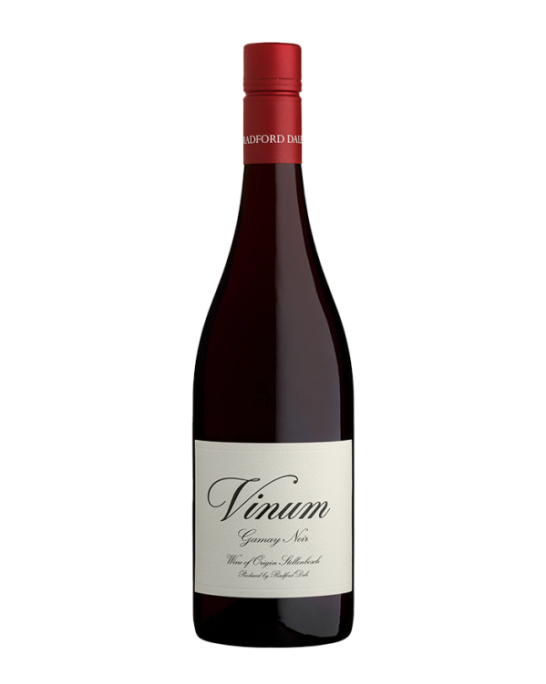
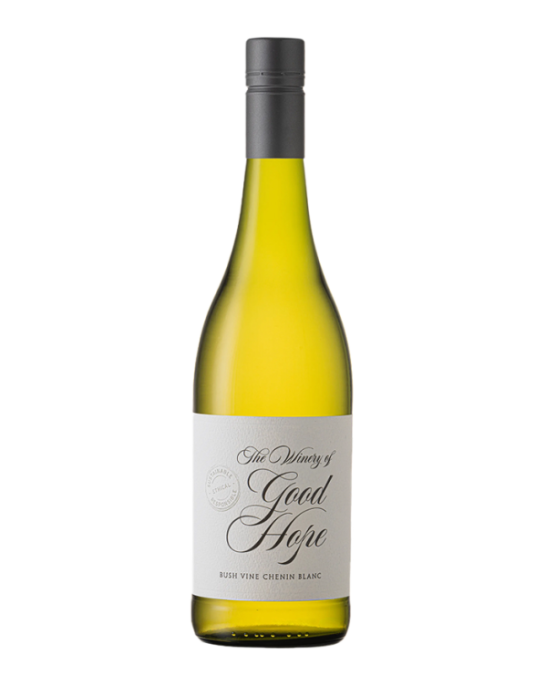
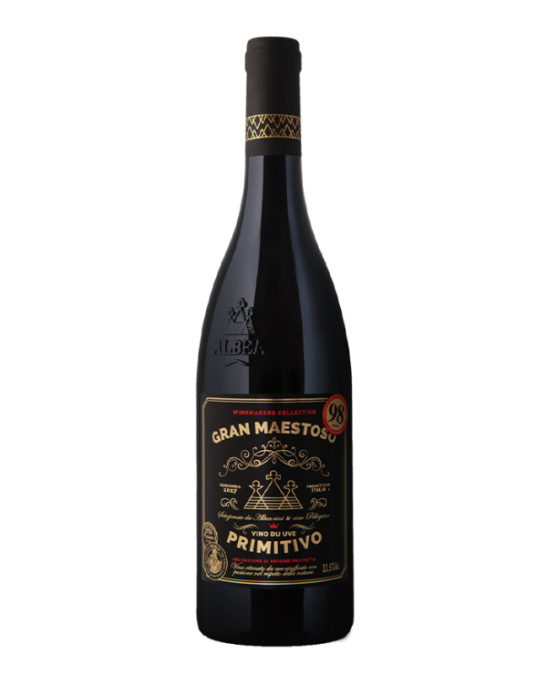
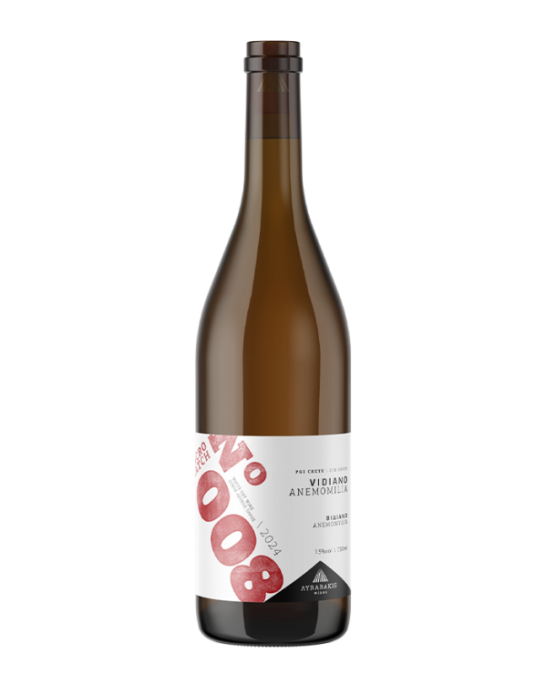
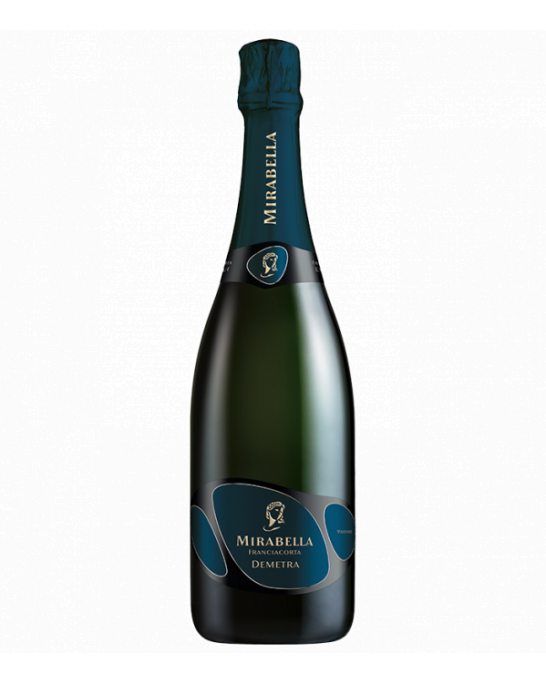
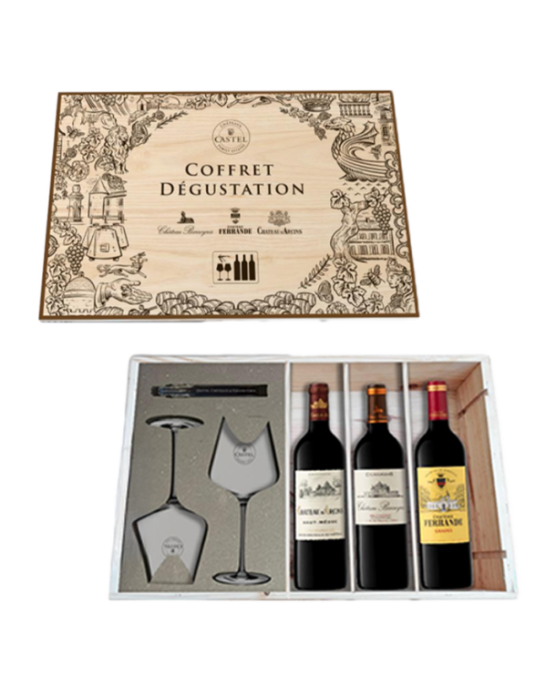
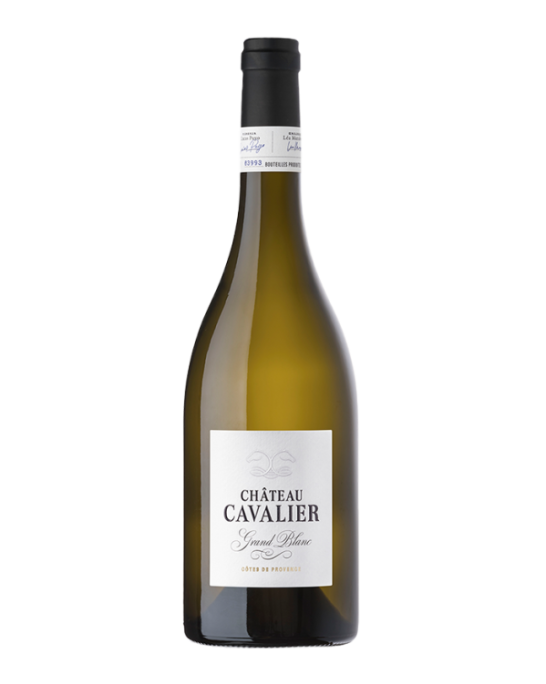

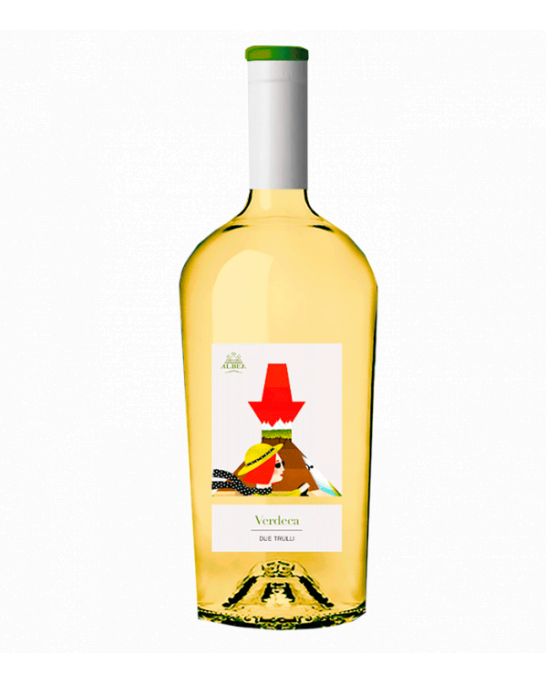
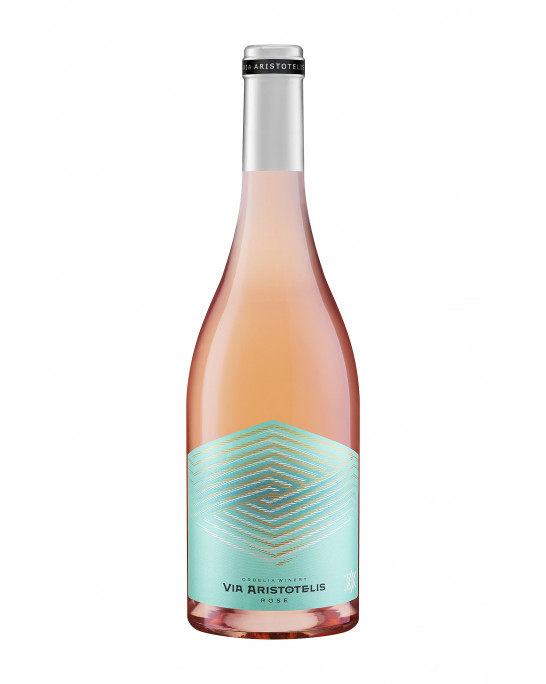
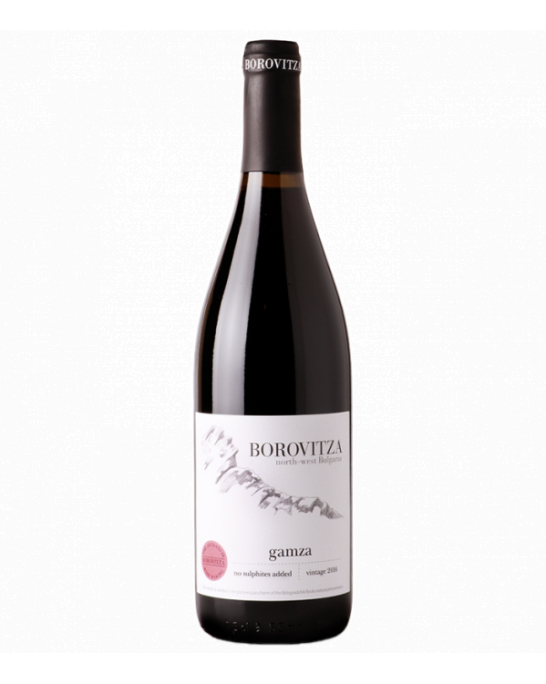
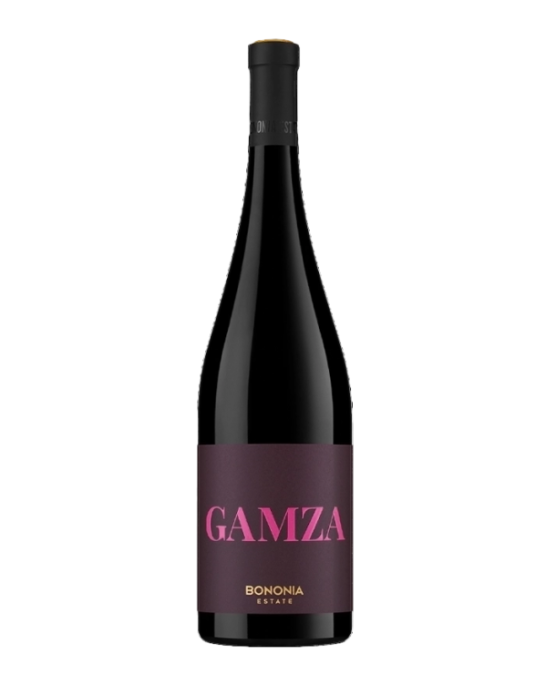
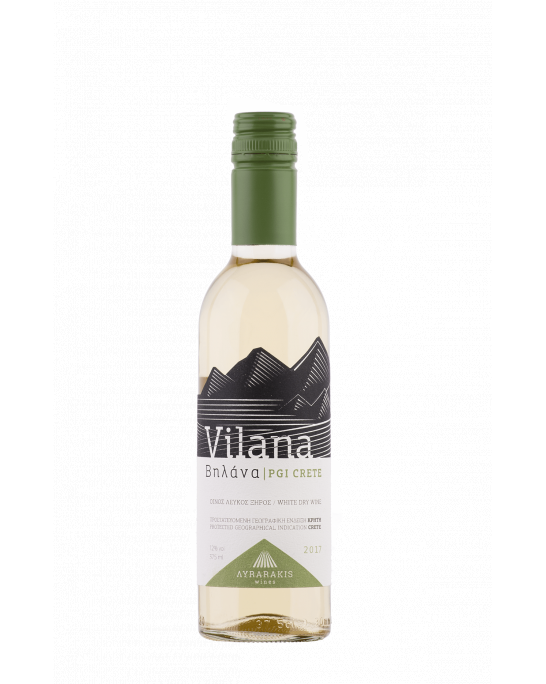
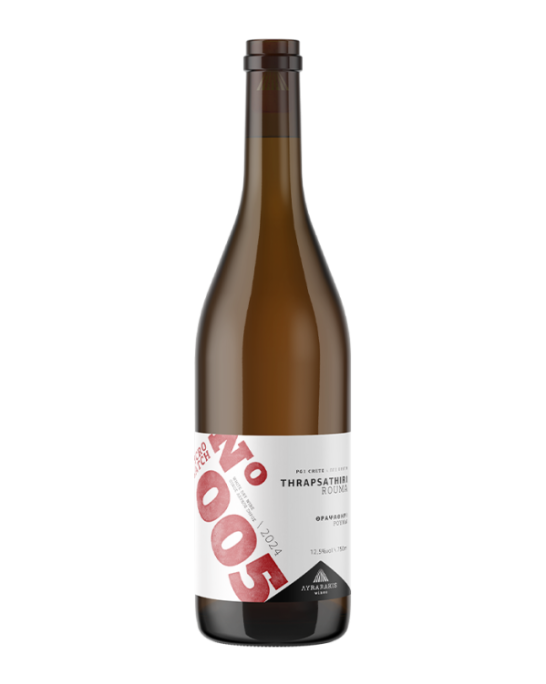
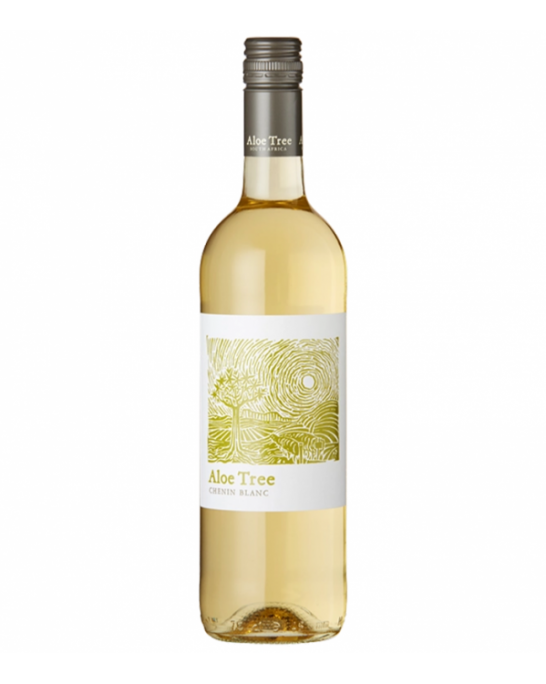
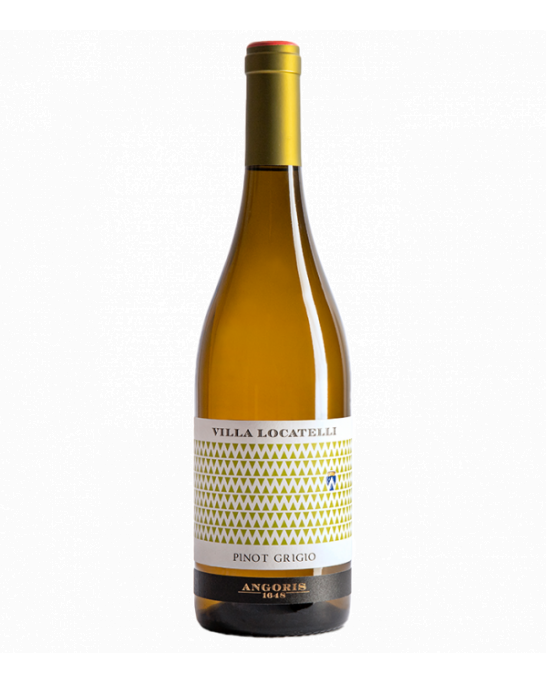
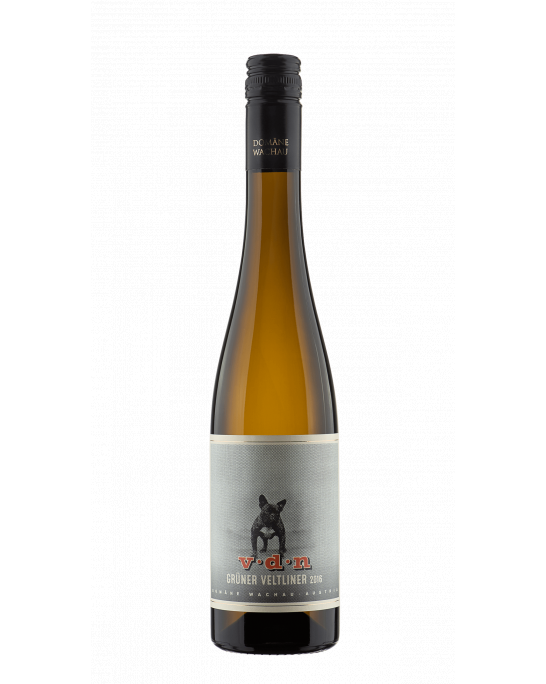
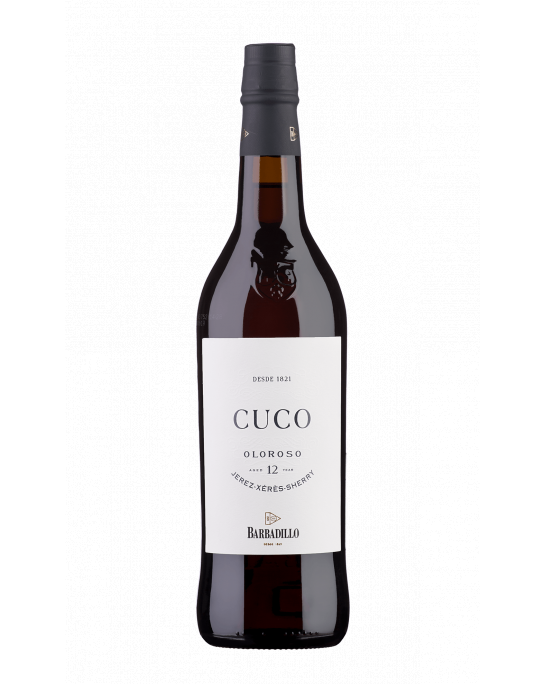
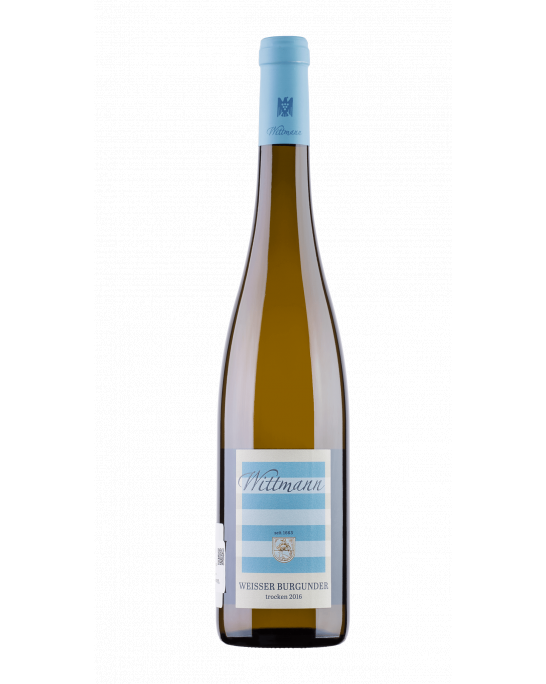
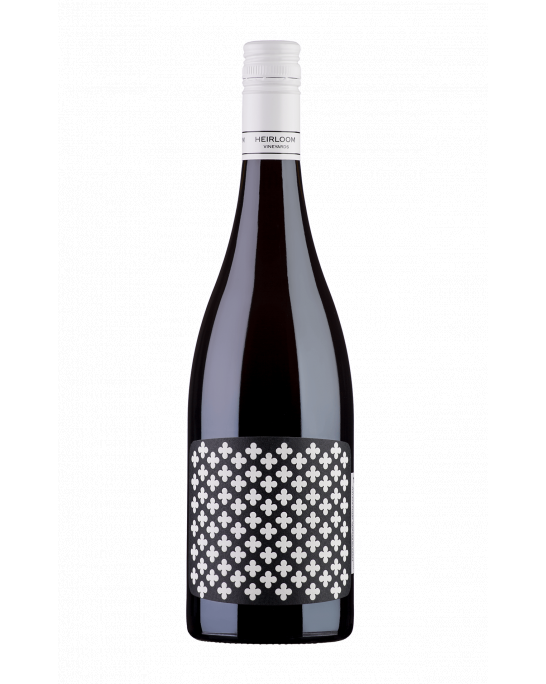
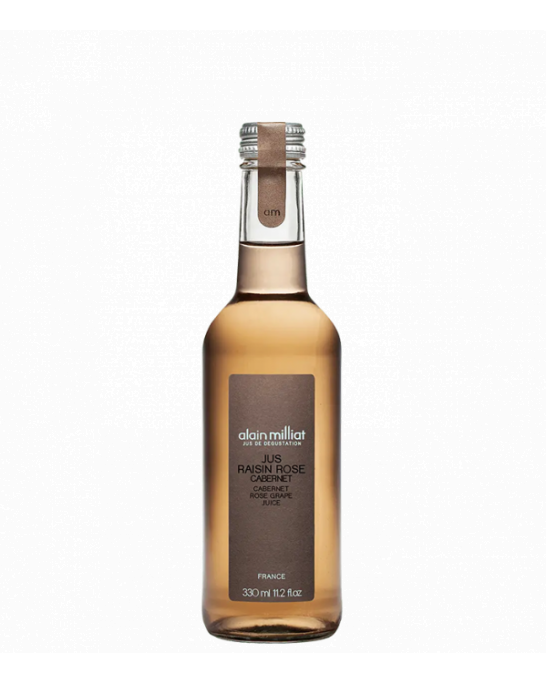
Customer reviews
No reviews available
Be the first to review